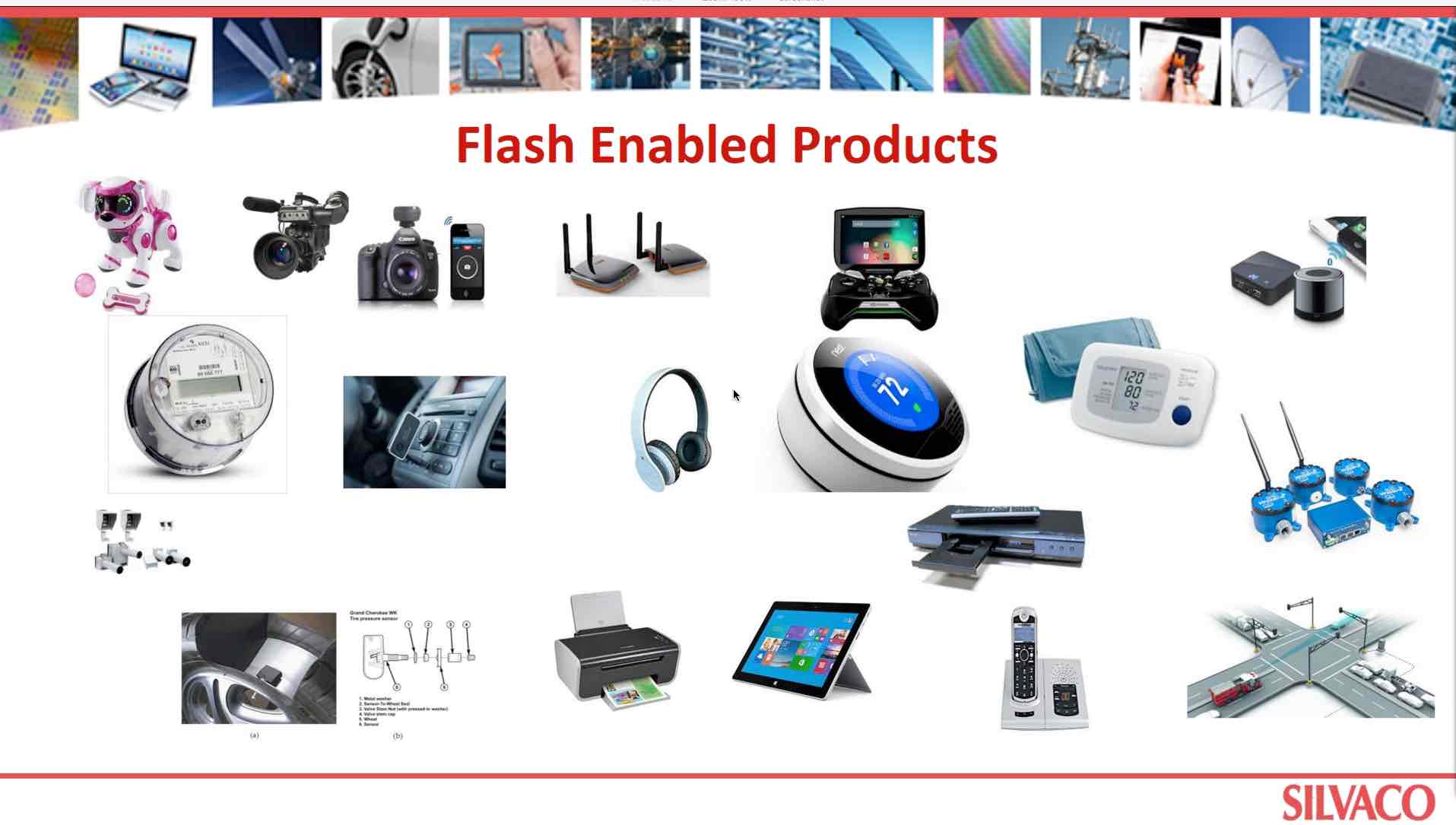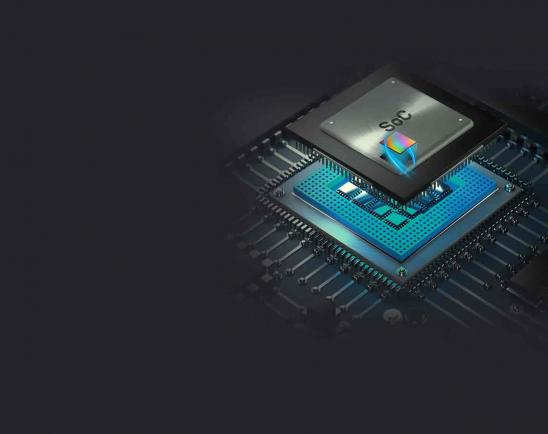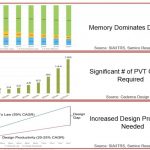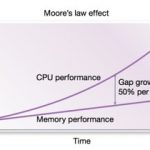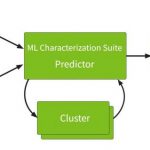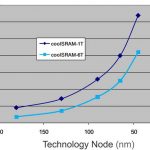Artificial Intelligence based systems are driving a metamorphosis in computing, and consequently precipitating a large shift in SOC design. AI training is often done in the cloud and has requirements for handling huge amounts of data with forward and backward data connections. Inference usually occurs at the edge and must be… Read More
Tag: memory
SPI Inspires a New Generation of SOC Designs
When I started dabbling in hardware again for fun using Arduinos about five years ago, it had been a long time since I had played with microprocessor chips. The epiphany for me was seeing how easy it was to load programs onto the onboard flash on something like an Atmel AVR using the SPI interface. My previous experience decades early… Read More
The perfect pairing of SOCs and embedded FPGA IP
In life, there are some things that just go together. Imagine the world without peanut butter and jelly, eggs and potatoes, telephones and voicemail, or the internet and search engines. In the world of computing there are many such examples – UARTS and FIFO’s, processor cores and GPU’s, etc. Another trait all these things have is… Read More
Improved Memory Design, Characterization and Verification
My IC design career started out with DRAM design, characterization and verification back in the 1970’s, so I vividly recall how much SPICE circuit simulation was involved, and how little automation we had back in the day, so we tended to cobble together our own scripts to help automate the process a bit. With each new process… Read More
HBM offers SOC’s dense and fast memory options
Dual in-line memory modules (DIMM’s ) with double data rate synchronous dynamic random access memory (DDR SDRAM) have been around since before we were worried about Y2K. Over the intervening years this format for provisioning memory has evolved from supporting DDR around 1995, to DDR1 in 2000, DDR2 in 2003, DDR4 in 2007 and DDR4… Read More
Memories for the Internet
In 1969 the Internet was born at UCLA when a computer there sent a message to a computer at Stanford. By 1975, there were 57 computers on the ‘internet’. Interestingly in the early seventies I actually used the original Xerox Sigma 7 connected to the internet in Boelter Hall at UCLA. A similar vintage computer is now in this room commemorating… Read More
Machine Learning Accelerates Library Characterization by 50 Percent!
Standard cell, memory, and I/O library characterization is a necessary, but time-consuming, resource intensive, and error-prone process. With the added complexity of advanced and low power manufacturing processes, fast and accurate statistical and non-statistical characterization is challenging, creating the need … Read More
RRAM Redux
Advanced memory technologies are a perennially hot topic thanks to a proliferation of data-hungry applications pushing our demand for more capacity and performance at less power and area. Among several technology contenders is Resistive RAM or RRAM (also called ReRAM). In this technology a conducting filament is grown through… Read More
TSMC and Solido to Share Experiences with Managing Variation in Webinar
TSMC knows better than anyone the effect that variation can have at advanced process nodes. Particularly in memory designs and in standard cell designs, variation has become a very critical because of its effects on yield and because of the high-cost of compensating for it. Smaller feature sizes combined with lower voltage thresholds… Read More
1-T SRAMs in high-density, portable applications
For SoCs designed for various applications such as mobile, automotive, wearable computing, gaming, virtual reality, PC, imaging, security, and IOT applications, it is incredibly important to keep area (cost) and power as low as possible. Considering the growing percentage of chip area used for memory, it makes sense to choose… Read More



